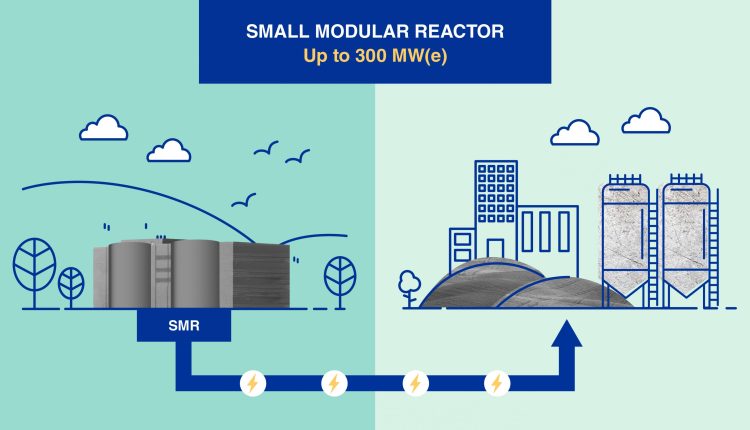The United States is betting on small nuclear reactors as a solution to a significant climate issue, according to The New York Times, on Sunday.
The modular reactors generate below 300 megawatts, compared with over 1,000 megawatts or even more at large plants.
They are an essential part of an extensive U.S. initiative to replace current reactors, many of which are decades old, with more efficient and safer ones.
The rising costs of these small nuclear reactors can be explained by growing inflation and interest rates, which have pushed up the prices of essential construction materials like steel and copper wire.
This has made it difficult for the nuclear industry to boost sales while meeting climate-change targets.
Currently, there are over 80 unique small modular reactor designs under development, which leads to sprawling supply chains and production caps.
Despite the obstacles, governments, major corporations, and billionaires like Bill Gates and Warren Buffett believe that small modular reactors (SMRs) are a key technological solution to combat global warming.
Also, they are expected to be extensively distributed and faster to construct than large plants due to their compact size and factory-based production.



